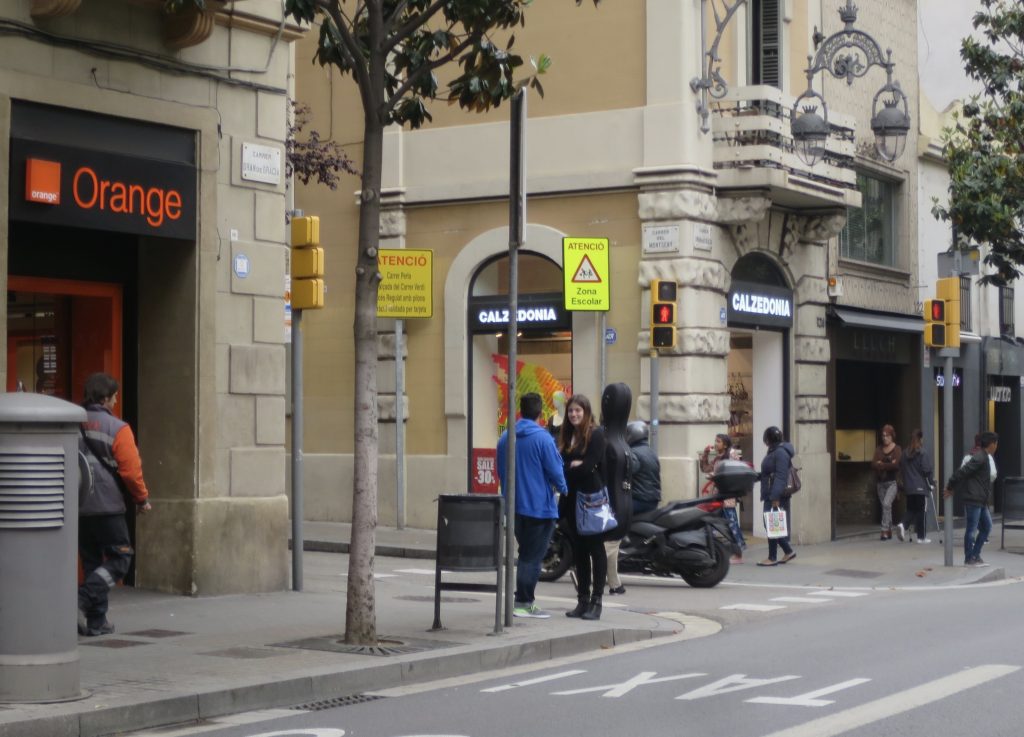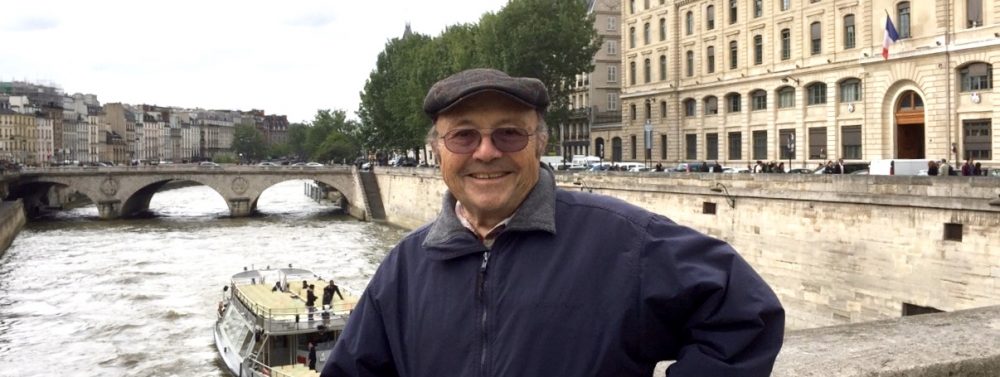When I get up, like millions of my peers I routinely slip my iPhone in my pocket and go about my business.
We have become so used hooked to its re-assuring presence that if we happen to leave home without it, we will feel perturbed for the rest of the day.
When I went to Europe, I decided that I could not live a single day without my faithful assistant and I put my mini-Jeeves in my travel kit.
In America, I routinely use Google Maps, WhatsApp and Translate and I wanted to keep using these handy applications (“no habla Español”) abroad.
But this is not as simple as you would imagine.
To use your iPhone outside the US, you will need a different SIM (Subscriber Identity Module) card and your phone has to be unlocked.
When I arrived in France, I dutifully went to an Orange store (a French telecommunications corporation) to acquire the (40€) required nano chip.
A glib salesman convinced me that this chip would work in France in Spain or all over Europe for that matter.
I was delighted to find out how simple the process was.
Unfortunately, as I discovered in Spain, this is not true. You will (probably) need a different SIM card for each different country that you will visit.
When you insert a tiny new SIM card in your phone, you are assigned a new local phone number. A small inconvenience compared to the benefits of continuing to use all the features of your smartphone.
My phone worked well in France, but upon landing in Barcelona I discovered that my precious assistant refused to work (it probably caught a virus in strike-prone France). Like a true-blue French striker it adamantly refused to do anything.

I went to another Orange store in Barcelona and acquired a new SIM card. The phone worked for a few days and went on strike again. The subsequent Orange people consulted (no habla Ingles) could not figure out what was wrong.
So I went pitifully without a phone for a few days. Ô rage ! ô désespoir ! ô technologie ennemie…
Upon returning to America, I re-inserted the original SIM card in my phone hoping that everything would go back to normal. Wishful thinking, but it didn’t. A phone I learned doesn’t like to be abused.
No matter what I did (or what Verizon tried) my phone refused to connect to the Internet.
I went to the local Apple store to seek help.
At first the specialist couldn’t figure out what was wrong and finally resolved to reset the phone as an entirely new entity.
He asked me for my Apple password and my Google password. Since I have over 100 convoluted passwords in my digital strongbox and cannot remember any of them I could not oblige.
He sent me home with the understanding that if I provided the required passwords and the Apple Verification Key, my phone (like Lazarus) might come back to life.
At home, after a few well-chosen incantations and the sacrifice of a cockroach it did. “Praise Yahweh!”
Using Translate I can now understand again the sweet nothings that my wife is whispering (or yelling) into my ear.
Siri, get the cat in!
Alain


